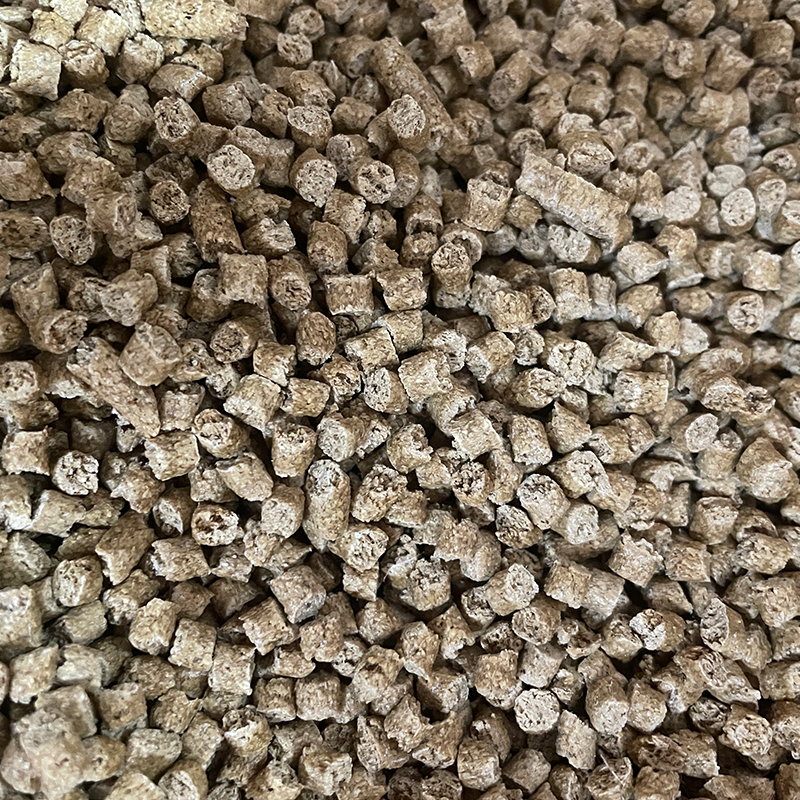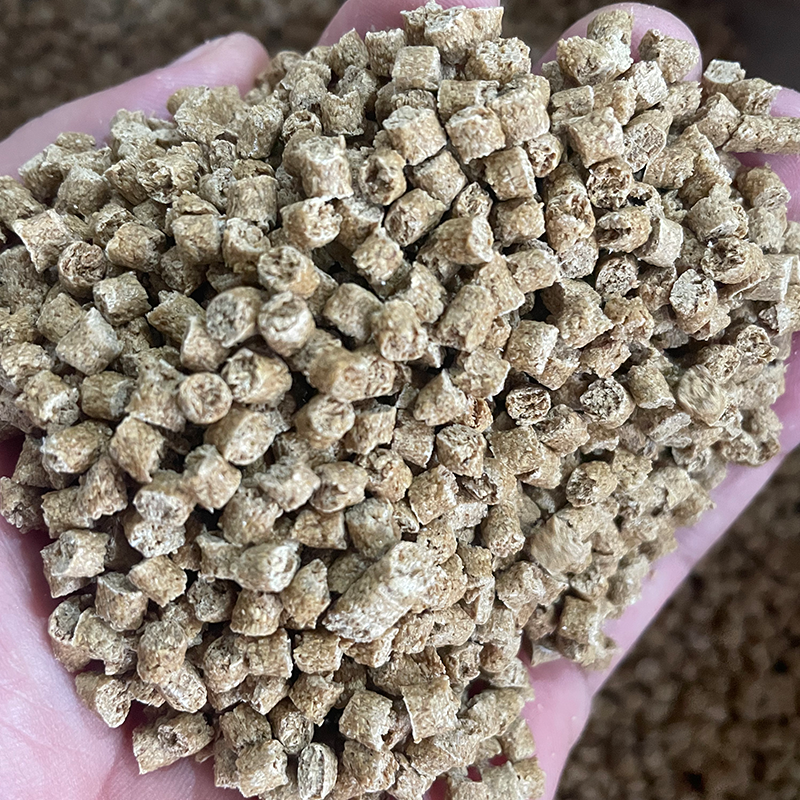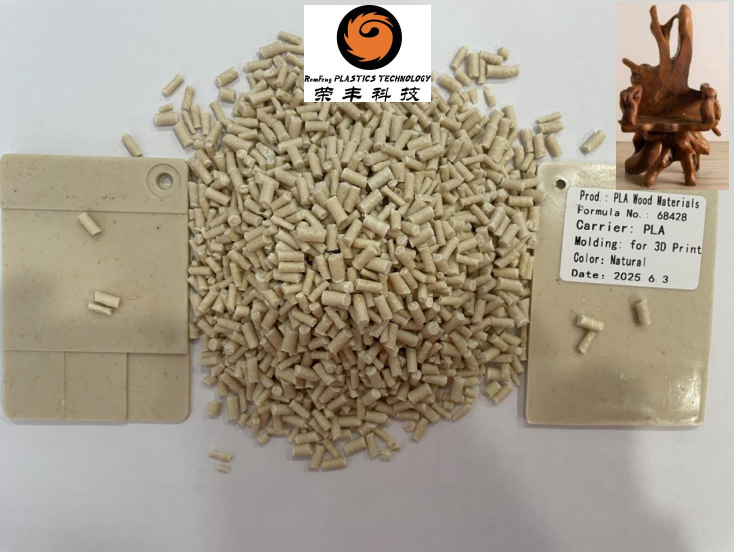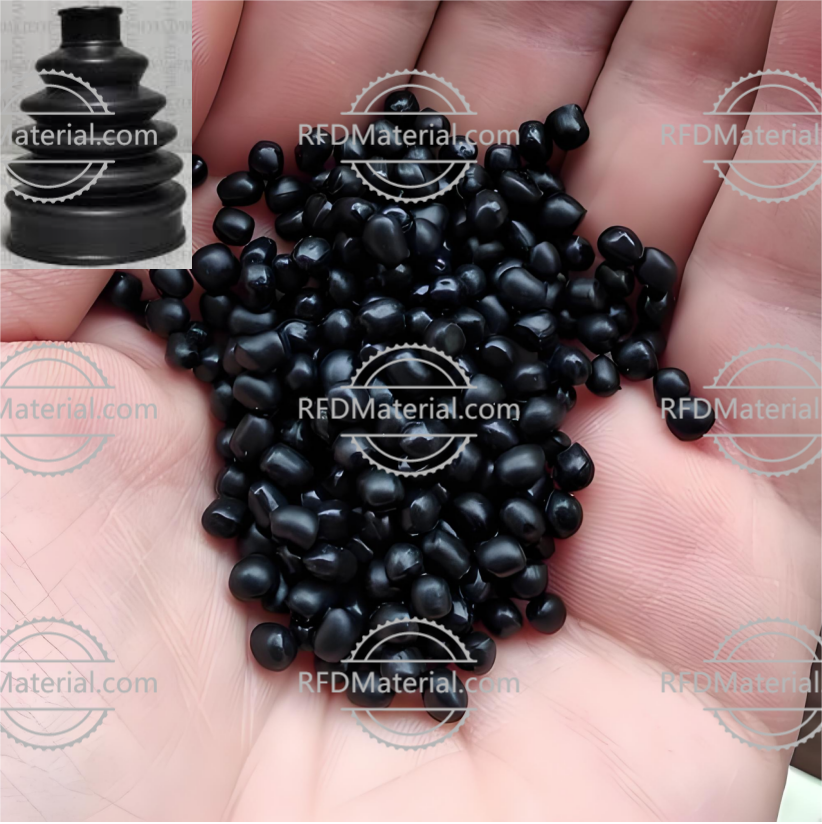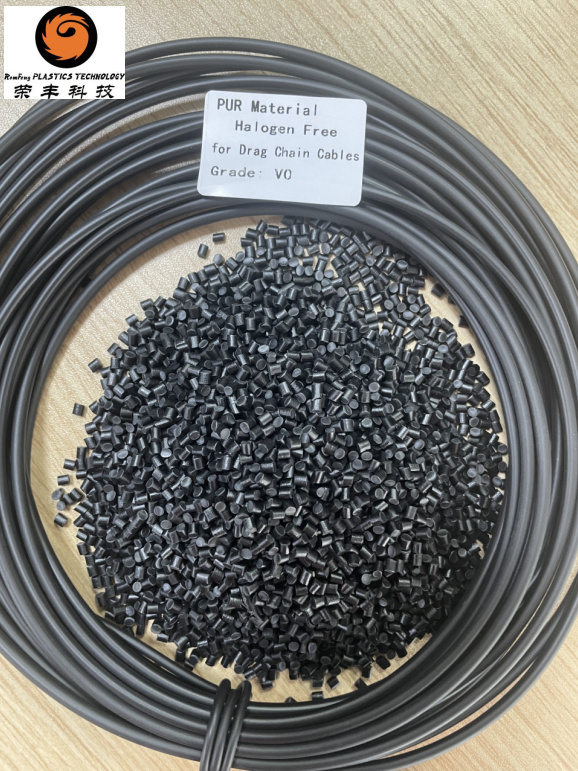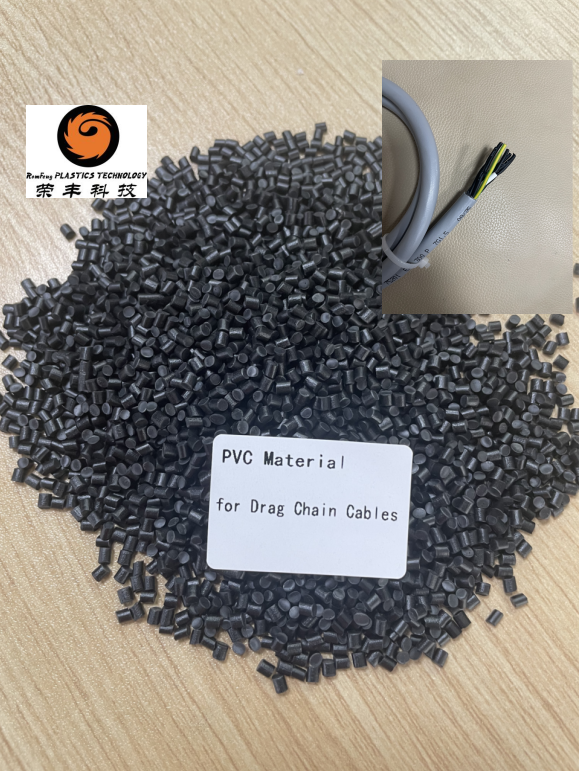PRODUCTS
Wood Fiber Plastic Pellets
Wood Fiber Plastic Pellets (WPC Pellets) Composite pellets combining 40-70% wood fibers (sawdust, bamboo, rice husk) with polymers like PE, PP, or PVC, engineered for sustainable manufacturing of wood-plastic composites (WPC). Core Advantages Eco-Profile: Reduces plastic usage by 30-50% vs. virgin polymers; biodegradable options available. Natural Aesthetics: Mimics wood grain/texture while resisting rot, insects, and moisture absorption. Processing Efficiency: Pre-dried pellets (≤1% moisture) enable smooth extrusion/injection molding. Technical Performance Density: 1.1-1.4 g/cm³ (adjustable via fiber ratio). Flexural Strength: 25-45 MPa for structural applications. Thermal Stability: Compatible with processing temps ≤190°C without fiber degradation. Applications Decking, fencing, and outdoor furniture Automotive interiors & architectural profiles Packaging pallets and consumer products Bridges sustainability with functionality, transforming waste biomass into high-value, durable materials.
Categorize:
Bio Plastic
Keyword:
Bioplas Series
Wood Fiber Plastic Pellets
In recent years, the demand for sustainable materials has surged, leading to innovative solutions in various industries. One such solution is the development of wood fiber plastic pellets, a composite material that combines the benefits of wood fibers with plastic. This article explores the composition, production process, applications, and advantages of wood fiber plastic pellets, highlighting their potential in promoting sustainability and enhancing product performance.
**Composition and Properties**
Wood fiber plastic pellets are made from a blend of wood fibers and plastic polymers, typically polyethylene or polypropylene. The wood fibers are derived from renewable sources such as sawdust, wood chips, or recycled wood materials, making them an eco-friendly option. The combination of wood fibers and plastic results in a material that possesses the desirable properties of both components.
The wood fibers provide natural aesthetics, rigidity, and strength, while the plastic contributes to durability, moisture resistance, and ease of processing. The resulting composite is lightweight yet robust, making it suitable for various applications in construction, automotive, and consumer products. The pellets can be produced in different colors and textures, allowing for versatility in design.
**Production Process**
The production of wood fiber plastic pellets involves several key steps. First, the raw materials are collected and processed. The wood fibers are typically dried and ground to achieve the desired particle size. This ensures optimal mixing with the plastic polymers.
Next, the wood fibers and plastic are blended together using a specialized extruder. The extruder applies heat and pressure to melt the plastic and evenly distribute the wood fibers throughout the mixture. This process also helps to enhance the adhesion between the two components, resulting in a homogenous material.
Once the blending is complete, the molten composite is extruded into strands, which are then cooled and cut into small pellets. These pellets can be stored and transported easily, making them convenient for manufacturers who incorporate them into their production processes.
**Applications**
Wood fiber plastic pellets have a wide range of applications across various industries. One of the most significant uses is in the construction sector, where they are employed in producing decking, fencing, and siding materials. These composite materials offer an attractive alternative to traditional wood, as they are resistant to rot, insects, and weathering.
In the automotive industry, wood fiber plastic pellets are used to create interior components such as door panels, dashboards, and seat backs. The lightweight nature of the material helps reduce the overall weight of vehicles, leading to improved fuel efficiency and lower emissions.
Additionally, consumer products such as furniture, toys, and household items can be manufactured using wood fiber plastic pellets. The ability to mold the material into various shapes and sizes allows for creative designs while maintaining durability and functionality.
**Advantages of Wood Fiber Plastic Pellets**
The use of wood fiber plastic pellets offers several advantages that contribute to their growing popularity. One of the primary benefits is their sustainability. By utilizing renewable wood fibers and reducing the reliance on virgin plastics, these pellets help minimize environmental impact and promote responsible resource management.
Another advantage is the enhanced performance characteristics of the composite material. Wood fiber plastic pellets exhibit improved strength and durability compared to traditional plastics, making them suitable for demanding applications. Additionally, they offer better resistance to moisture and UV radiation, prolonging the lifespan of products made from them.
Furthermore, the aesthetic appeal of wood fiber plastic pellets cannot be overlooked. The natural appearance of wood fibers can enhance the visual appeal of products, making them more attractive to consumers. This is particularly important in industries such as furniture and construction, where design plays a crucial role in purchasing decisions.
**Challenges and Future Directions**
Despite the numerous benefits, there are challenges associated with the production and use of wood fiber plastic pellets. One of the main concerns is the variability in the quality of wood fibers, which can affect the consistency of the final product. To address this issue, manufacturers must implement strict quality control measures and standardize the sourcing of raw materials.
Additionally, the recycling of wood fiber plastic composites remains a challenge. While both wood and plastic can be recycled separately, the combination of the two can complicate the recycling process. Future research and development efforts are needed to explore effective recycling methods and improve the circularity of wood fiber plastic products.
Looking ahead, the market for wood fiber plastic pellets is expected to grow as more industries seek sustainable alternatives to traditional materials. Innovations in production techniques and material formulations will likely enhance the performance and versatility of these composites, opening new avenues for their application.
**Conclusion**
Wood fiber plastic pellets represent a promising solution in the quest for sustainable materials. By combining the benefits of wood fibers and plastic, these composites offer a range of advantages, including durability, aesthetic appeal, and environmental sustainability. As industries continue to prioritize eco-friendly practices, the demand for wood fiber plastic pellets is poised to increase, paving the way for a more sustainable future in manufacturing and product design.
Certification
We rely on science and technology to create great achievements, and we see real achievements in the details. Every step of the way, my team and friends and I feel solid.
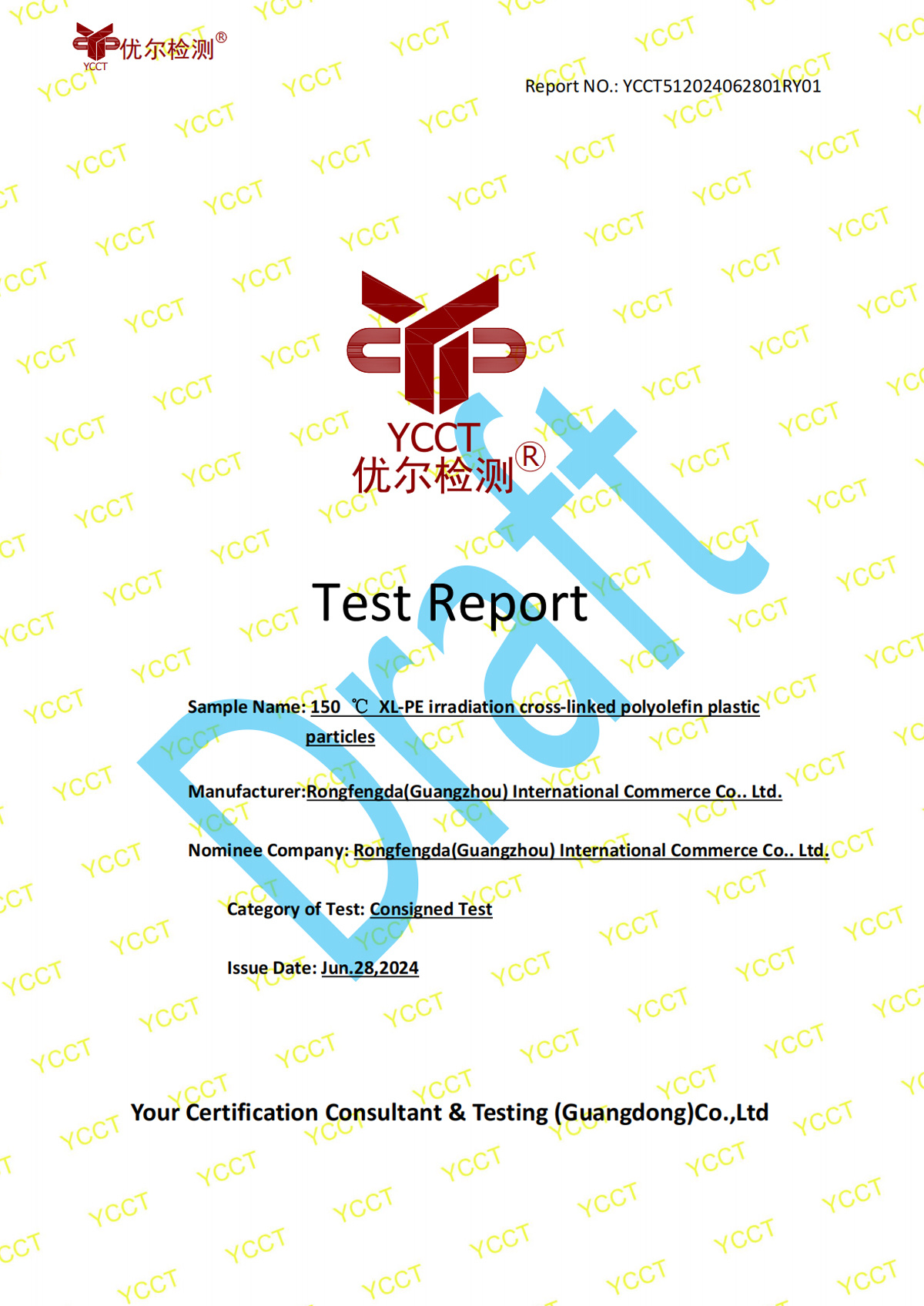

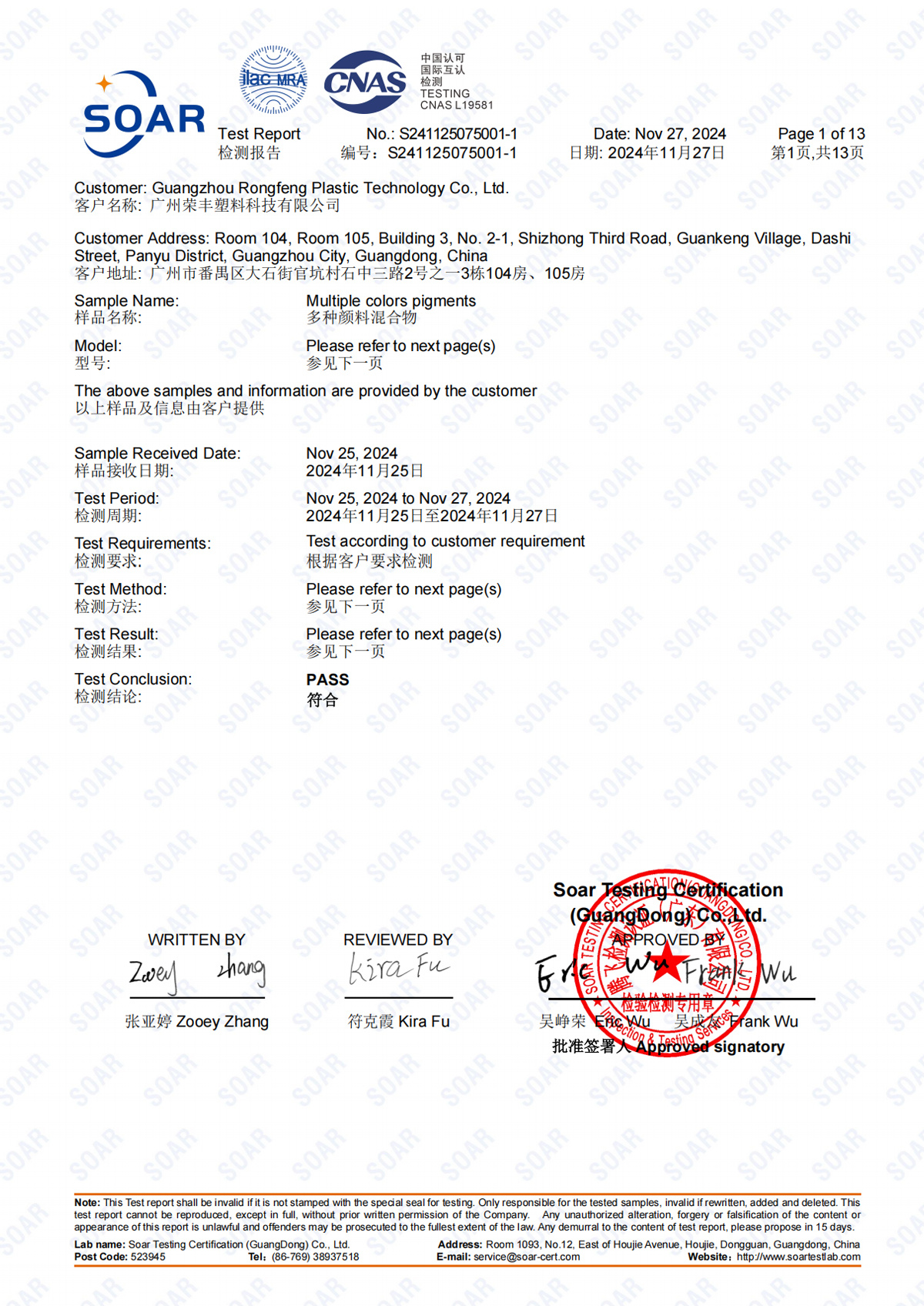
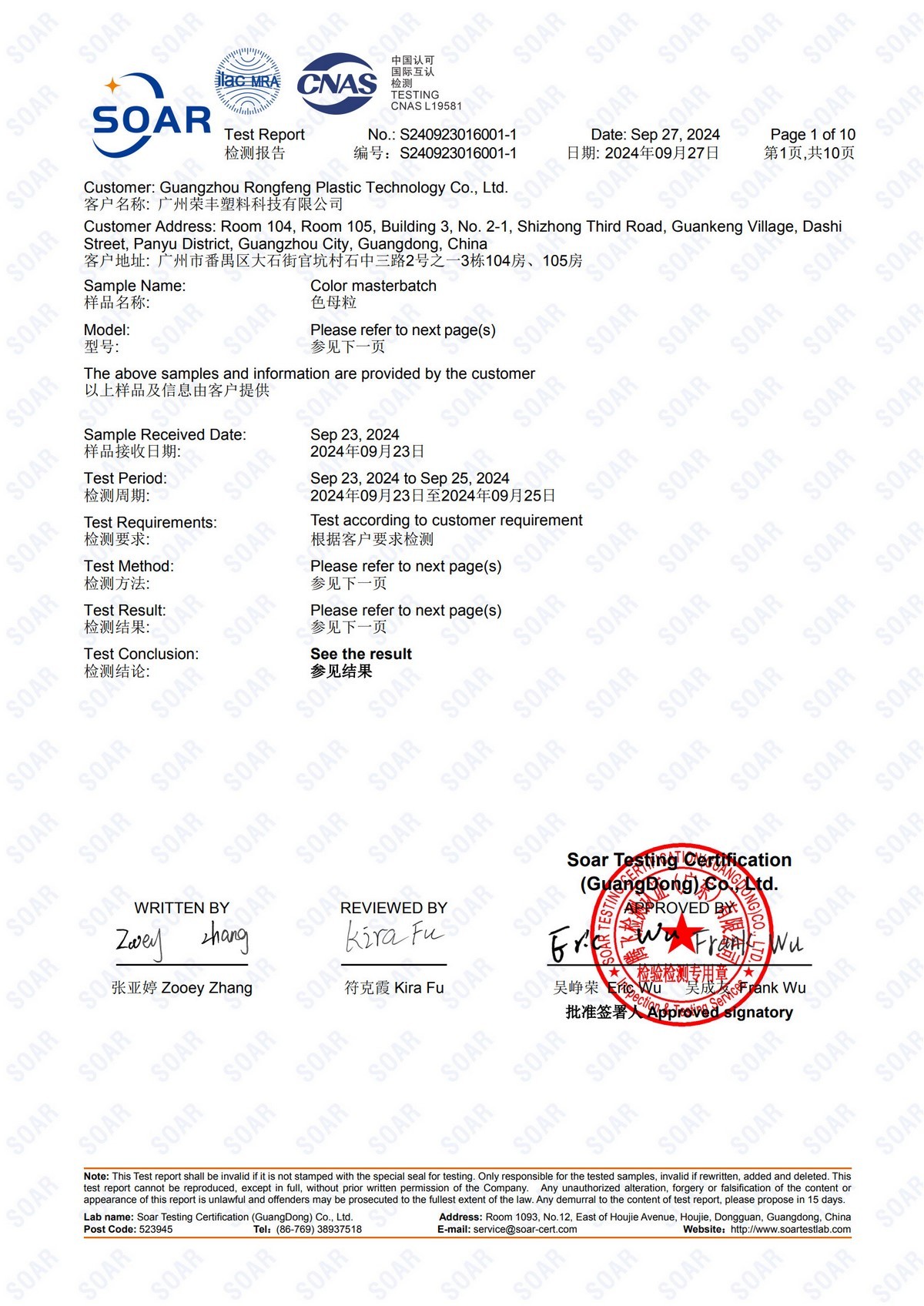
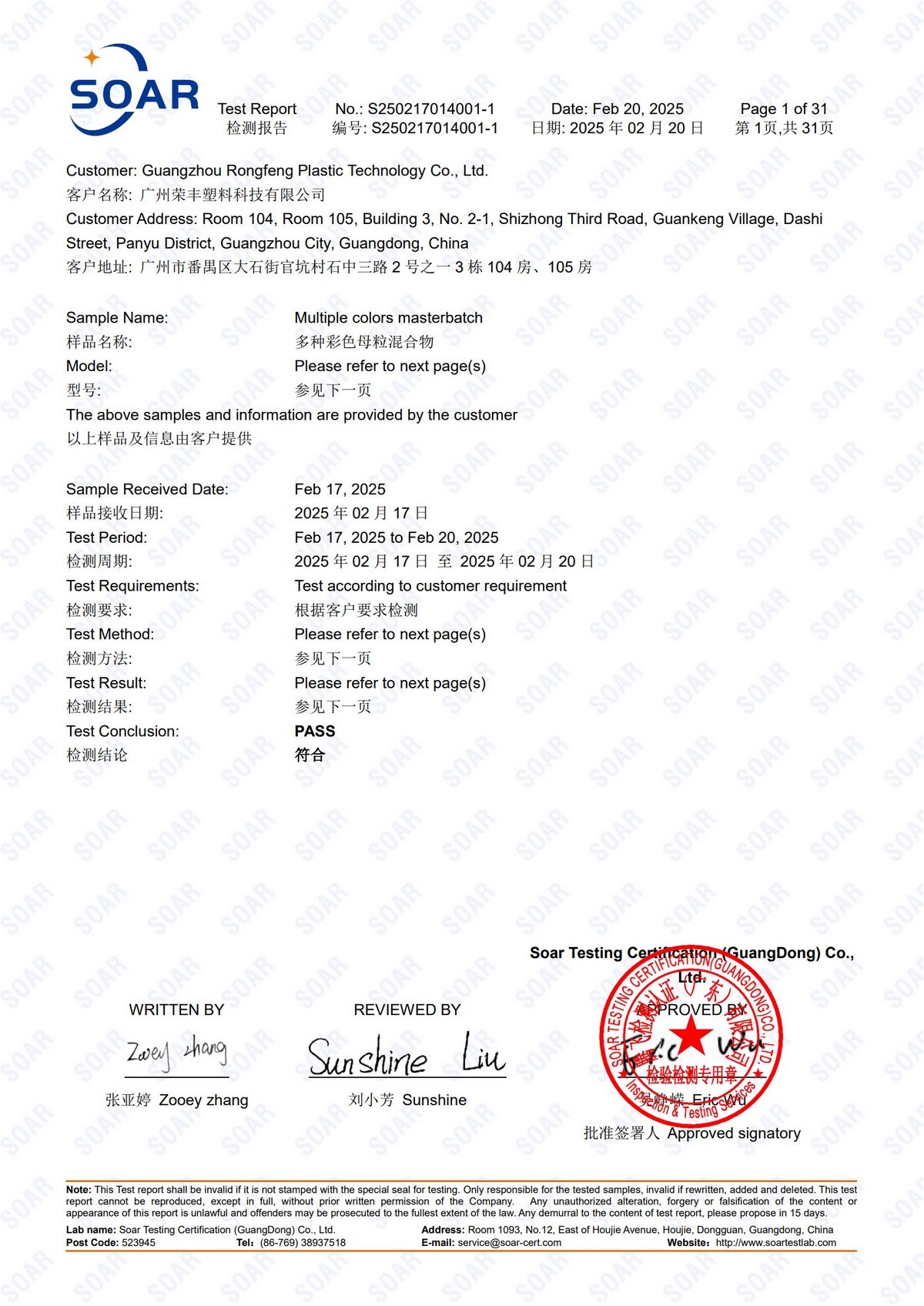
Get in Touch
You can contact us any way that is convenient for you. We are available 24/7 via fax or email. You can also use a quick contact form below or visit our salon personally. We would be happy to answer your questions.

